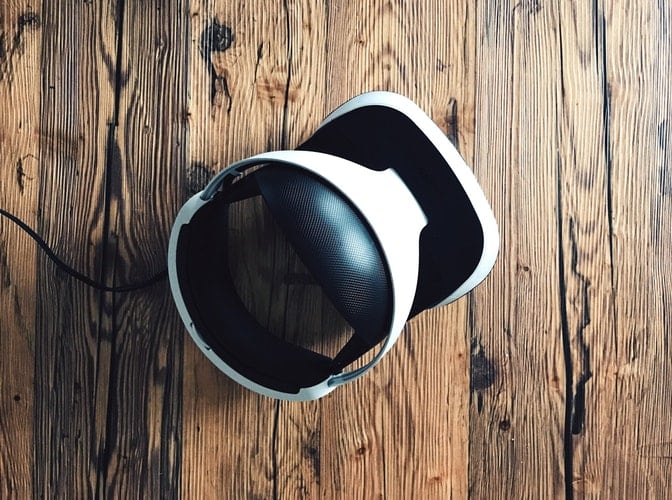In short, Augmented Reality aka AR technology augments the reality by projecting virtual objects as overlays into the physical realm around us. But we need to use special AR lenses or smartphone apps to see these projections.

Online Shopping and AR
AR is more suited for marketing purpose than VR. To further clarify this point, imagine you are the customer. On a sunny day, while browsing an e-commerce store, you come across the perfect pair of jeans. But you know that if you order the jeans, chances are once they arrive you will not like them. Or even worse, the color and fitting might not be right.
This is where the marketers have to step in. For example, IKEA has already implemented AR technology for marketing. With their ‘AR Catalogue‘, potential buyers can pick a product and see how it looks inside their own homes.
On the other hand, would you like being isolated from the reality and put into a complete virtual world everytime you buy something? VR projects a completely isolated world whereas AR adds to the reality. This is what sets them apart.
Despite its effectiveness, there are some major challenges that need to be solved. For example, people might get carried away by the AR technology itself rather than focusing on the actual product. Ar marketers must ensure that they can also help in generating revenue.
AR Mobile Experience
Apps like Pokemon Go! and Snapchat, have brought AR technology into the mainstream. Pokemon Go! generated $600 Million revenue in the first three months. However, one major challenge for AR marketers is how they can grow the user base for these sort of apps. One solution to this problem can be services that have real-world benefits.
Snapchat is generating AD revenue by incorporating AR technology into their app. However, Snapchat is not solely based on AR technology. So if tomorrow they decide to remove the AR filters from their app they might not incur serious losses. On the other hand, start-ups that create products solely based on the AR technology must invent a self-sustaining business model.
AR in Retail
There is a good scope for AR incorporation with e-Commerce solutions. According to a study by Unbxd, 61% of the total e-commerce traffic is from mobile devices. However, conversion is still very poor. This is where AR technology can have great influence. Using AR, users can select a product and see how it would look in a given surrounding. Remember how IKEA has incorporated AR into their AR catalog? We can expect more of these in the future.
Telecommunication and Energy are some of the very first industries to use AR technology. Now Education and Health Care are also using the AR technology.
Mixed Reality
It is the combination of AR and VR. Using this technology real-world objects and digital objects will co-exist in real-time. Mixed Reality will be heavily dependant on hardware. Microsoft already announced Windows Holographic in 2017, which is a virtual version of Windows 10 applications. In short, MR can have great influence in gaming and online shopping industry.
Wrapping Up!
Share your thoughts with us. Let us know how you want to see the future of AR technology. In the meantime why not read how Magic Leap is planning on developing household AR products for the mass.
But at the same time, we all know it is going to take time before AR becomes a household product. But how well informed are we about the AR innovations that already took place in 2017 and 2018?



